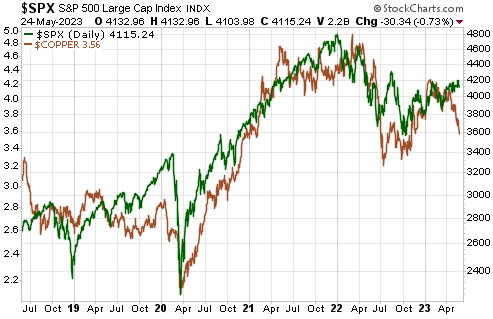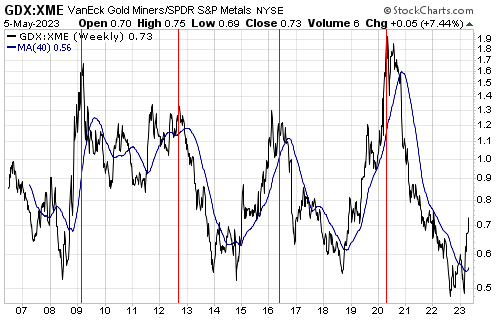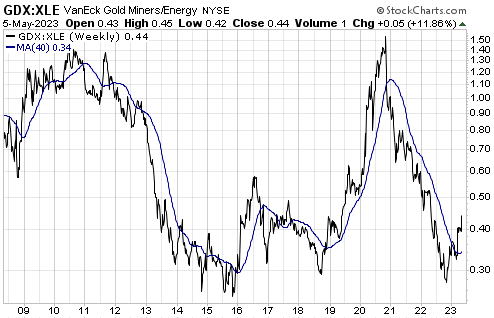[This blog post is an excerpt for a commentary published last week at www.speculative-investor.com]
The following chart shows that over the past five years the US$ copper price (the brown line) and the S&P500 Index (the green line) generally trended in the same direction. Why, then, have they moved in opposite directions over the past two months?

The relationship between the copper price and the S&P500 Index (SPX) can be described as one of generally positive correlation with divergent movements at times. The copper price acts as an economic bellwether due to its extensive industrial usage, while the SPX represents general equity market sentiment. They are influenced by similar macroeconomic factors, but short-term performance differences occasionally arise due to shifts in commodity-specific factors, inflation expectations and risk preferences.
The performance difference since early-April, with the copper price moving downward to a new low for the year while the SPX moved upward to a new high for the year, is most likely due to shifting risk preferences within the stock market. To be more specific, the copper price has declined in sympathy with a global manufacturing recession (the US, European and Chinese manufacturing PMIs are all in recession territory) and the high probability of reduced metal demand over the months ahead as the on-going monetary tightening takes its inevitable economic toll, while the SPX has risen on the back of speculation that technology in general and AI in particular will generate good returns almost regardless of what happens to the economy.
One way or the other, it’s likely that the divergence will close within the next three months.
From our perspective, copper is performing exactly the way it should be performing considering the macroeconomic landscape. It is short-term oversold and could rebound at any time (a routine countertrend rebound would take the copper price back to the US$3.80s), but we suspect that it will trade at least 10% below its current price before completing its downward trend. Consequently, we expect that the divergence will close via weakness in the stock market rather than strength in the copper market.
 Print This Post
Print This Post


